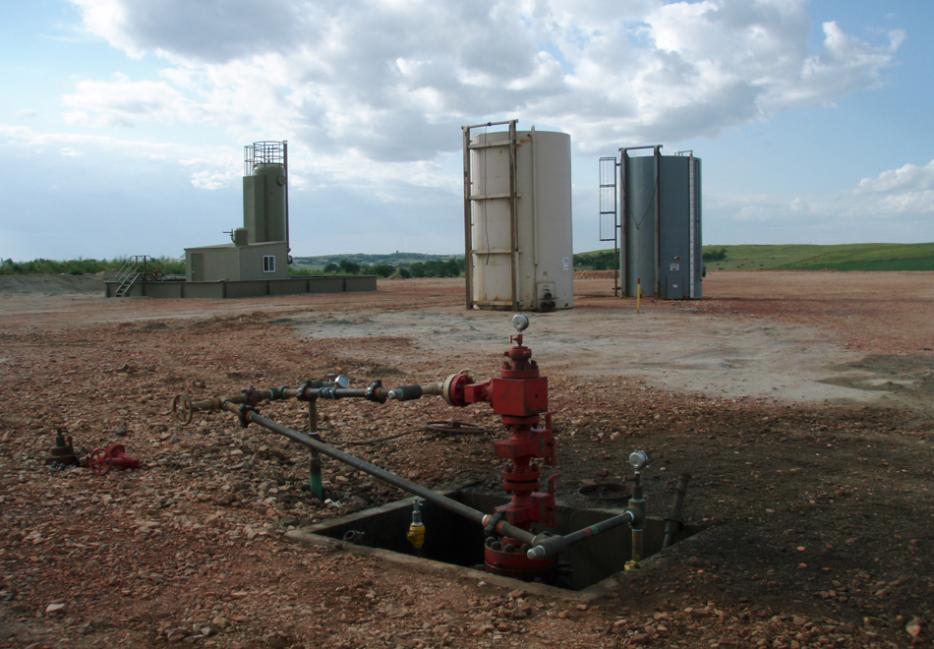Don’t be alarmed, good people of North America, but it’s possible the fossil fuel industry has been less than scrupulously careful with the natural world. I know—it’s hard to fathom.
The latest news is that geologists are increasingly sure that hydraulic fracturing—the technique that has put the United States on a path to (possibly) produce more oil than Saudi Arabia by 2020—is responsible for clusters of surprisingly strong earthquakes. I say “surprisingly” both because of the quakes’ strength, and because they’ve been happening in places that are usually geologically quiescent.
The culprit, surprisingly, isn’t blasting bedrock with tonnes of high-pressure water, but something more prosaic: the disposal of those tonnes of water when you’re done with them. The disposal wells into which the oil and gas industry dump their used water are deeper than the wells used to extract oil and gas, deep enough that they can add pressure to otherwise dormant fault lines. That added pressure finds a way out of the system, and sometimes—like if you live in Prague, Oklahoma—that way out involves sending a 5.6-magnitude earthquake right through your house.
The work on wastewater-induced earthquakes has been brewing for a while now, and full disclosure: this is one of those cases where I was initially pretty skeptical of the claims that even something as historically destructive as the oil industry could be triggering earthquakes. It’s the kind of mischief GI Joe villains get up to, and as bad as Exxon is, it’s hard to imagine their shareholder meetings begin and end with “Co-BRA!”
Fracking, and the massive increase in oil production that came with it, was supposed to be a refutation of the Peak Oil hypothesis: the economist’s classic answer that in the face of high oil prices, technology would make new sources of oil available. That much seems to have been proven by events, but there’s a missing assumption that wasn’t in the brochure: it will be “cheap,” so long as the oil and gas industry doesn’t have to pay for the damage it causes. Which is to say, it’s the same deal we’ve always made with fossil fuels.
Even if we circumscribe the discussion to producing oil and gas with fracking (renewables are apparently, in 2014, still only for hippies), there are alternatives: rather than dumping the wastewater in the ground, there are techniques to use less of it and treat the wastewater instead of simply pouring it into a very deep hole. Whether those solutions can be scaled up to deal with the two billion gallons of wastewater per day that’s being generated is another question.
There are also options to do away with water in the process altogether. There are a number of potential alternatives to water as a hydraulic fluid, including CO2. This is another old story for industry: the alternatives are there, but just try to get businesses to shift to something less rapacious without them screaming like stuck pigs at the injustice of it all.
The shale boom has done some good work for the environment, namely helping push coal-fired power plants in the US to their graves a bit faster than they might otherwise have slouched. Still, it’s a shame that business writers get a gleam in their eyes over the wonders of fracking that, somehow, renewables never seem to get. In a fair world, the subsidy of letting the oil and gas industry pollute water tables and generate property-wrecking earthquakes would be accounted against the relatively trivial subsidies green energy has received. That’s before we even begin to account for the massive externality that is unchecked, unregulated climate change. Baby steps, I guess.





